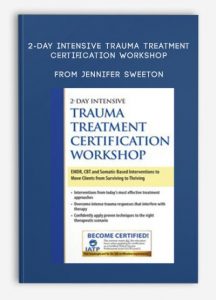 2-Day Intensive Trauma Treatment Certification Workshop from Jennifer Sweeton
2-Day Intensive Trauma Treatment Certification Workshop from Jennifer Sweeton
More information about Medical:
Medicine is the science and practice of establishing the diagnosis, prognosis, treatment, and prevention of disease.
Medicine encompasses a variety of health care practices evolved to maintain and restore health by the prevention and treatment of illness.
Contemporary medicine applies biomedical sciences, biomedical research, genetics, and medical technology to diagnose, treat, and prevent injury and disease,
typically through pharmaceuticals or surgery, but also through therapies as diverse as psychotherapy, external splints and traction, medical devices, biologics, and ionizing radiation, amongst others.
Medicine has been around for thousands of years, during most of which it was an art (an area of skill and knowledge) frequently having connections to the religious and
philosophical beliefs of local culture. For example, a medicine man would apply herbs and say prayers for healing, or an ancient philosopher and physician would apply bloodletting according to the theories of humorism.
In recent centuries, since the advent of modern science, most medicine has become a combination of art and science (both basic and applied, under the umbrella of medical science).
While stitching technique for sutures is an art learned through practice, the knowledge of what happens at the cellular and molecular level in the tissues being stitched arises through science.
Outline:
The Neuroscience of Trauma and Mechanisms of Change
- Key brain areas involved in trauma
- Fight, flight, freeze, fawn survival responses
- Clinical implications of the freeze response
- The neuroscience of EMDR, exposure therapy and cognitive therapy
Connect Clients to a Diagnosis: Trauma Assessment Tools
- Simple vs. complex trauma
- Intergenerational trauma
- Symptom clusters and physical manifestations
- CAPS-5 and PCL-5
- Primary Care PTSD Screen
- Dual diagnosis
Stabilize Your Clients Prior to Trauma Work
- Trauma treatment roadmap – order of operations
- Bottom-up techniques to reconnect and feel safe in the body
- Self-soothing techniques
- Grounding strategies
- Breathwork
- Gauge when a client is ready for intense trauma/cognitive work
Proven Skills and Techniques from Evidence-Based Approaches:
- Somatic Approaches: Address Physical Symptoms of Trauma
- Relevance of Polyvagal theory and early trauma
- Assess for readiness to apply somatic tools
- Teach body awareness
- Manage unease with “Felt sense” exercises
- Resourcing strategies to create a safe space
- CBT Coping Skills: Manage Emotions
- Identify inaccurate trauma-related cognitions
- Exposure, titration and pendulation to slow emotions
- Cognitive reframing and reappraisal interventions
- Memory reconstruction techniques
EMDR-Based Techniques: Resolve Traumatic Memories
- Adaptive Information Processing Theory EMDR vs EFT vs neuromodulation
- Resourcing strategies
- Combine memory reprocessing with cognitive restructuring
- Using “restricted processing” with complex trauma
Narrative Therapy Exercises: Rewrite Traumatic Experiences
- Interventions to help clients talk about hotspots
- Reclaim identity with the “Tree of life” exercise
- Awareness and closure – create life stories
Solutions to Trauma Treatment Roadblocks
- How to handle the angry client
- Strategies for the resistant trauma client
- Boundary concerns
- Dealing with crises, suicidality, substance use
Reintegration and Post-Traumatic Growth
- Better than normal – the neuroscience of post-traumatic growth
- The therapeutic alliance as a brain-based approach
- The power of forgiveness in moving forward
- Meaning making exercises
Research, Limitations and Potential Risks
Description:
Transform your practice with this intensive Certification Workshop recording that will provide you with effective strategies and interventions from EMDR, CBT, somatic approaches, and narrative therapy so you can take your trauma treatment to the next level!
You’ll learn how to properly assess clients, effectively stabilize them in preparation for treatment, help them safely reprocess traumatic memories, and develop the resources they need to achieve and maintain recovery. You’ll also get detailed guidance on overcoming scenarios involving anger, resistance, and suicidality that can leave you exhausted and uncertain of how to move your most challenging clients forward.
Better still, completion of this recording meets the educational requirements when applying to become a Certified Clinical Trauma Professional, giving you the opportunity to differentiate yourself from the crowd and let clients and colleagues know that you’ve invested the time and effort needed to provide treatment at the highest level.
Get the proven tools and techniques needed to end the suffering of your clients and move them from surviving to thriving!
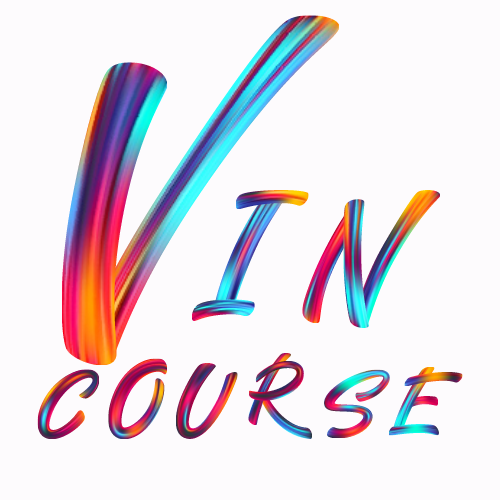

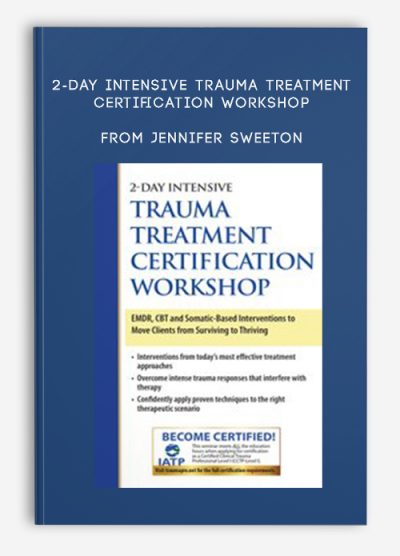

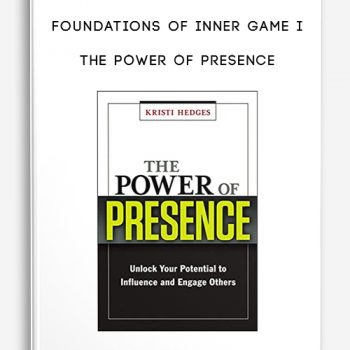
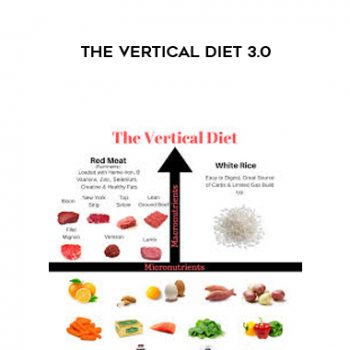

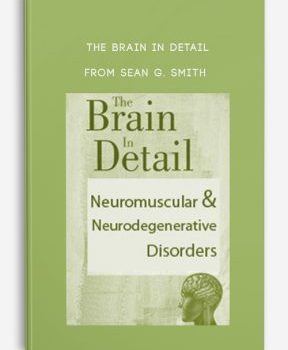


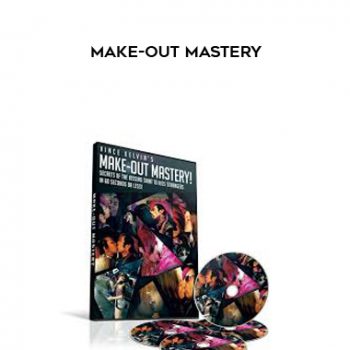
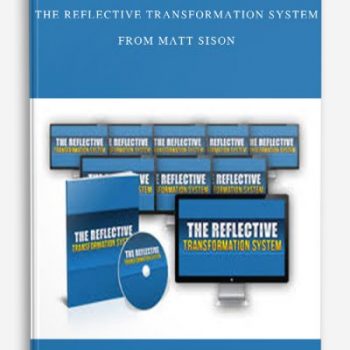

tristian –
This is Digital Download service, the course is available at Coursecui.com and Email download delivery.